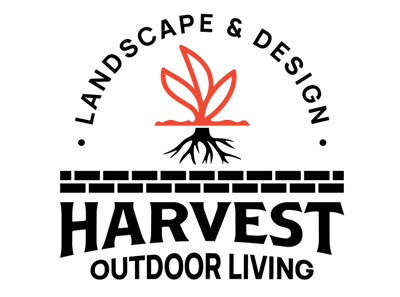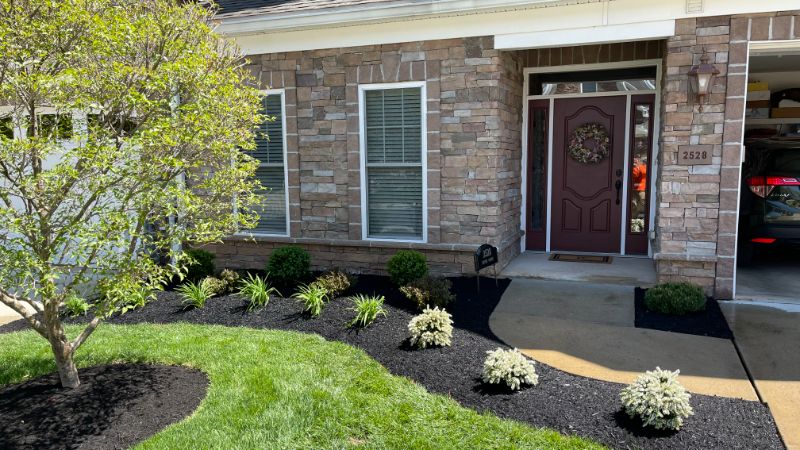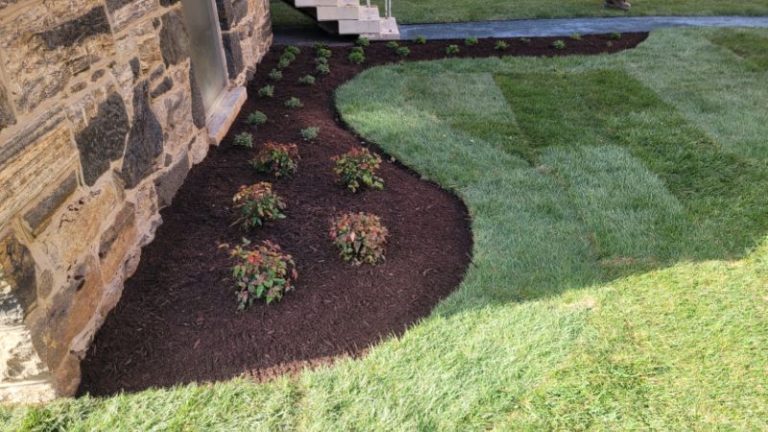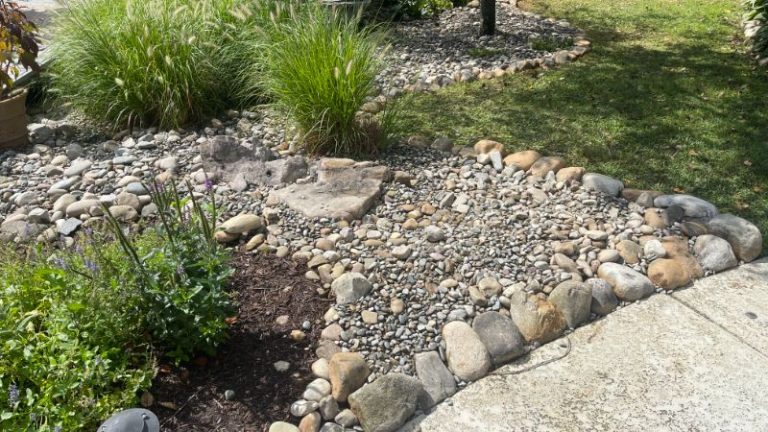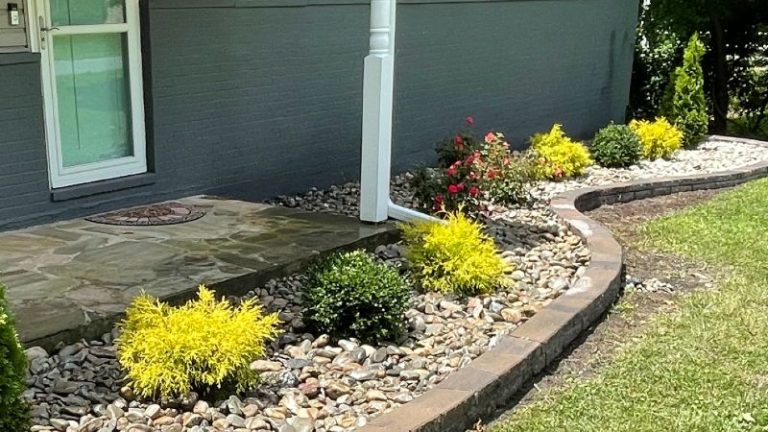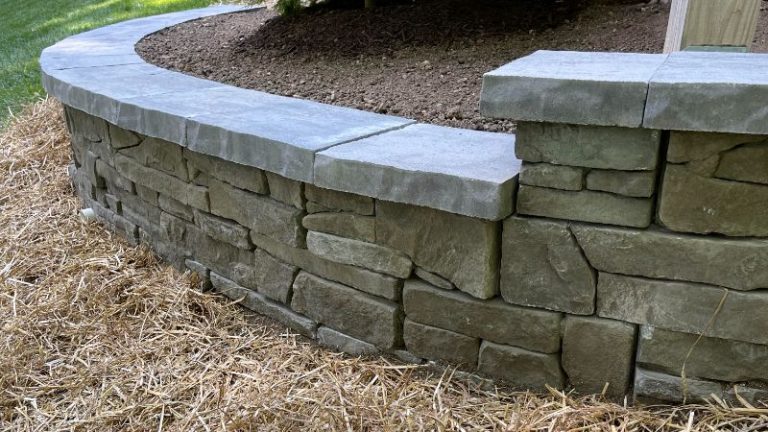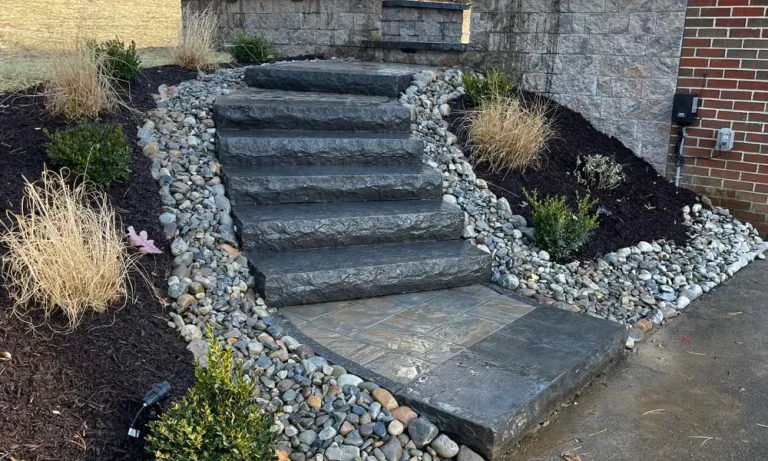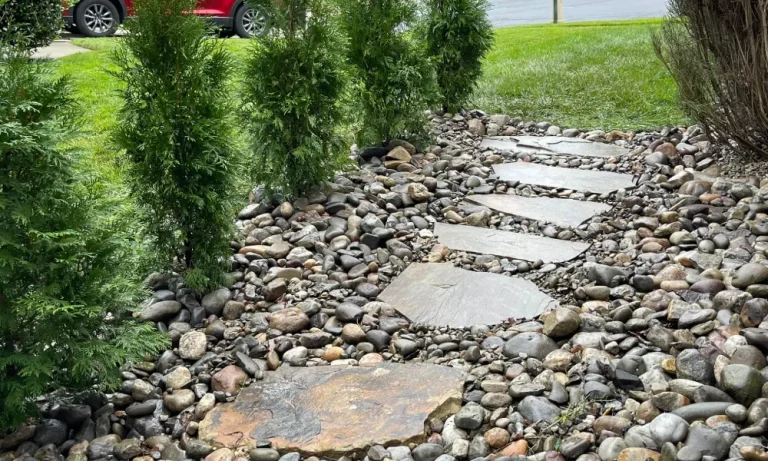Plant Hardiness Zones & How to Choose The Best Plants for Your Zone
Even for the most veteran gardeners, landscaping and gardening can feel like a rollercoaster ride. One minute, your yard is beautiful and lush, full of thriving greenery, and the next, leaves are falling early, and things just aren’t blooming the way they’re supposed to. Plants, trees, and shrubs can be temperamental, high-maintenance, and fussy at the best of times, let alone when they struggle to grow where they aren’t meant to.
So, what are you to do?
Start by finding out the plant hardiness zone for where you live and learn how to use it as a guideline for creating the landscape and garden of your dreams. Below, we dive into the basics of the different zones so you can start designing a landscape/garden that flourishes.
WHAT IS A PLANT HARDINESS ZONE?
If you haven’t heard the term “hardiness zone” before, don’t worry; you’re not alone. Many beginner, and even average, gardeners aren’t familiar with the term. Hardiness zones were established to assist home gardeners and nurseries in determining which plants will perform well in specific regions. The zones are based on regional temperature averages and portrayed on a color-coded map. Each color has a difference of around 10 degrees Fahrenheit from one to the next.
The United Marylands Department of Agriculture (USDA) hardiness zone map has been updated over the years, with the most recent version coming out in 2012. The updates have changed certain zones thanks to more accurate climatic data collection and other factors, such as changes in overall weather patterns.
Scientists plot areas with similar average temperature lows to create a temperature zone map. A zone will indicate the lowest or highest possible temperature in that area during a typical year. There are 13 zones, with zero being the coldest, so the lower the number, the colder the region. Each zone is divided into an “a” or a “b,” with “b” being the mildest areas in that zone (a difference of about 5 degrees). If a plant is designated as an “a,” it can survive the entire region, but “b” plants can only survive in the milder areas.
To determine which plants fit into each zone, researchers spend several years testing them at designated agricultural research and testing stations as well as private gardens and nurseries. Suppose a plant is deemed hardy to a particular zone, it means it can survive in any region with an annual average minimum temperature of equal or greater value than that zone. Or, more plainly, that zone and any zone above it.
WHAT’S MY ZONE?
The internet, gardening centers, books, and fellow gardeners are all great resources for figuring out your growing zone. You can find maps of the entire country, but also more detailed maps broken down by state.
I KNOW MY ZONE, NOW WHAT?
Once you narrow down not only your zone but your subzone, it’s time to start shopping. Most greenhouses and nurseries include tags on their plants that indicate the growing zone and other pertinent information regarding sunlight and watering. If you are gifted plants from another gardener, make sure to do a little research on what that plant will need to not only survive but thrive. Ensuring you have optimal growing conditions will help the plant reach its full potential and help you to avoid any disappointment. There’s nothing worse than seeing a picture of a plant and not being able to produce similar results of your own!
FREQUENTLY ASKED QUESTIONS
- Does the hardiness scale guarantee success? No. Use it as a general guide to direct you in your choices and do your research. The updated maps can not account for your area’s, or even your backyard’s, microclimate. You need to consider what factors will influence your plant’s growth in the place you plan to plant it. Nor can the zones account for extreme weather, so when your area enters an unseasonably warm or cold spell, you may need to make adjustments for your plants and should probably prepare for some plant loss.
- My plant tag said it could grow in my zone, but it’s not flourishing. This is where doing your homework pays off. The plants listed for growing zones will do just that: grow. As mentioned above, many other conditions can affect whether or not the plants thrive. Things like the average high summer temperatures, humidity, and precipitation are not taken into account when looking at hardiness zones. Talk to experienced gardeners or professionals in your area to learn how they faired growing the specimen.
- Can I grow a plant one zone away from my recommended hardiness zone? Yes! But you need to understand the consequences that may accompany the exception. Certain plants can grow outside their hardiness zone but require extra care and attention; however, they still may not grow to their full potential. So, if you are dedicated and can commit to a high-maintenance plant, then give it a try.
- Will the plants for my zone be relatively low-maintenance? Absolutely not. Just because they can grow in your zone doesn’t mean that they do so with little to no help from you. If lower maintenance is what you’re after, then stick with plants native to your region whenever possible. If you aren’t sure what those plants are, check with local nurseries, visit a nearby university or college website, or work with a professional landscaper.
- What else can I use the hardiness zone map for? Hardiness zones can also help you to determine the best time of year to plant your trees, shrubs, and perennials. For example, in zones 1 through 9, temperatures fall below freezing in the winter, which means deciduous trees and shrubs should be planted in the fall around the first killing frost. In contrast, evergreens and perennials should be planted in the spring right after the last hard frost.
Whether you have a mature garden and are looking for some help with a refresh or are starting from scratch and don’t have a single plant in your yard, Harvest Outdoor Living can help you find the right plants for your landscape. Please call 443-766-4831 or fill out our online contact form to learn more about the services we offer.
